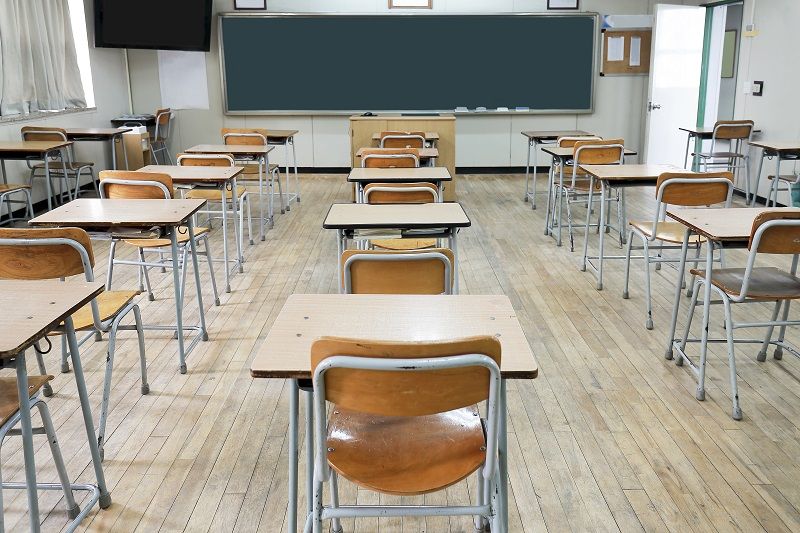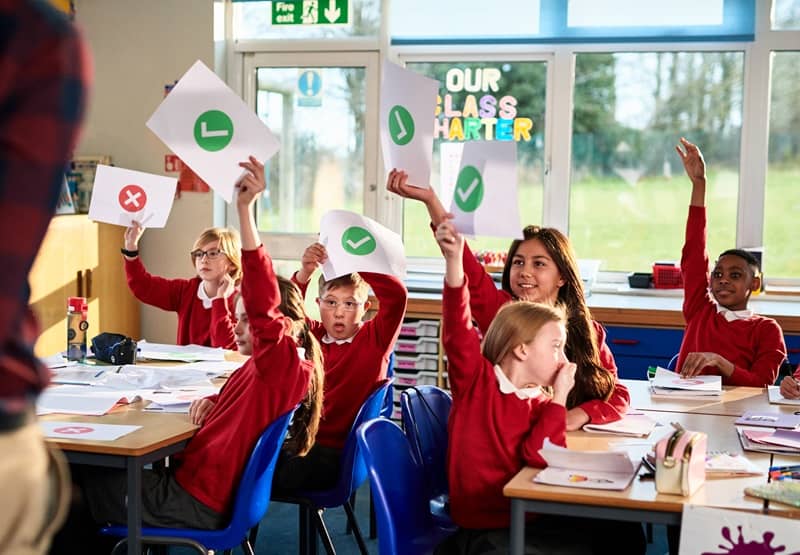By Paul Guppy
The school bell rings, and rows of eager young faces turn expectantly to the front of the class as the teacher begins the day’s lesson. These students look forward to graduation day, when they hope to embark on a future made brighter by a good public education. Sadly, for nearly half the students at some public schools, that day will never come. They will drop out instead.
Why would loving parents tolerate a school that fails to educate their children? Often it is because they have no choice. District officials assign students to schools, primarily based on their ZIP codes, and many families can’t afford private school tuition.
Charter schools, which have existed for over 20 years, are an alternative within public education which can give parents and children another option besides traditional neighborhood public schools. Today, 41 states and the District of Columbia have charters, serving about two million children attending nearly 5,600 schools. A further 600,000 students are on waiting lists.
Charter schools are community-based, tuition-free, and open to all students. They must meet academic standards and provide the same equal treatment and public safety protections as other public schools.
Thirteen years after Oregon’s charter school law was passed, 115 charters operate in Oregon. Washington State has no charters, but voters there have a chance to change that in November. Washington’s Initiative 1240 would create a modest charter school program. The initiative would allow up to 40 public charter schools over five years within the state system of 2,345-schools, with up to eight new schools allowed each year. Priority would be given to charter schools serving at-risk children or students attending low-performing schools.
Charter schools allow principals flexibility in areas like scheduling, teacher hiring, budgeting, curriculum, and community relations. A charter school can offer longer instructional hours and be open to students on evenings and weekends, regardless of central district rules.
Charter school enrollment is voluntary. If more families apply than there are spaces available, students are chosen by lottery. Charter schools cannot discriminate on the basis of race, ethnicity, sex, disability, or other protected categories .
Several large-scale studies show charter schools perform better in educating hard-to-teach students than do conventional public schools. For example, a Massachusetts study found that “Charter Schools in Boston are making real progress in breaking the persistent connection between poverty and poor [academic] results.” Researchers found that New York City charter school students scored 31 points higher in math and 23 points higher in English than similar students in nearby schools.
Charter schools have become a well-established educational option in Oregon and across the country. Enrollment is growing in schools which are in high demand by parents. Oregon’s Corbett Charter School was ranked second in the nation by the Washington Post in 2012.
Charter schools can play an important role in helping parents successfully educate their children. Unfortunately, defenders of the educational status quo in Washington (like defenders of the status quo elsewhere) vigorously oppose allowing charters to open there. Parents deserve better. The vast majority of Washington’s public schools would be unaffected; but for many low-income and minority children, access to a charter school could prove to be their best chance for a better life. It’s time that Washington parents had more control over the educational options available to their children―options currently available in most other states. Washington voters have the opportunity this November to make that happen.
Paul Guppy is the vice president for research at Washington Policy Center, a non-partisan independent policy research organization in Washington State. He is a guest contributor for Cascade Policy Institute, Oregon’s free market public policy research center.











